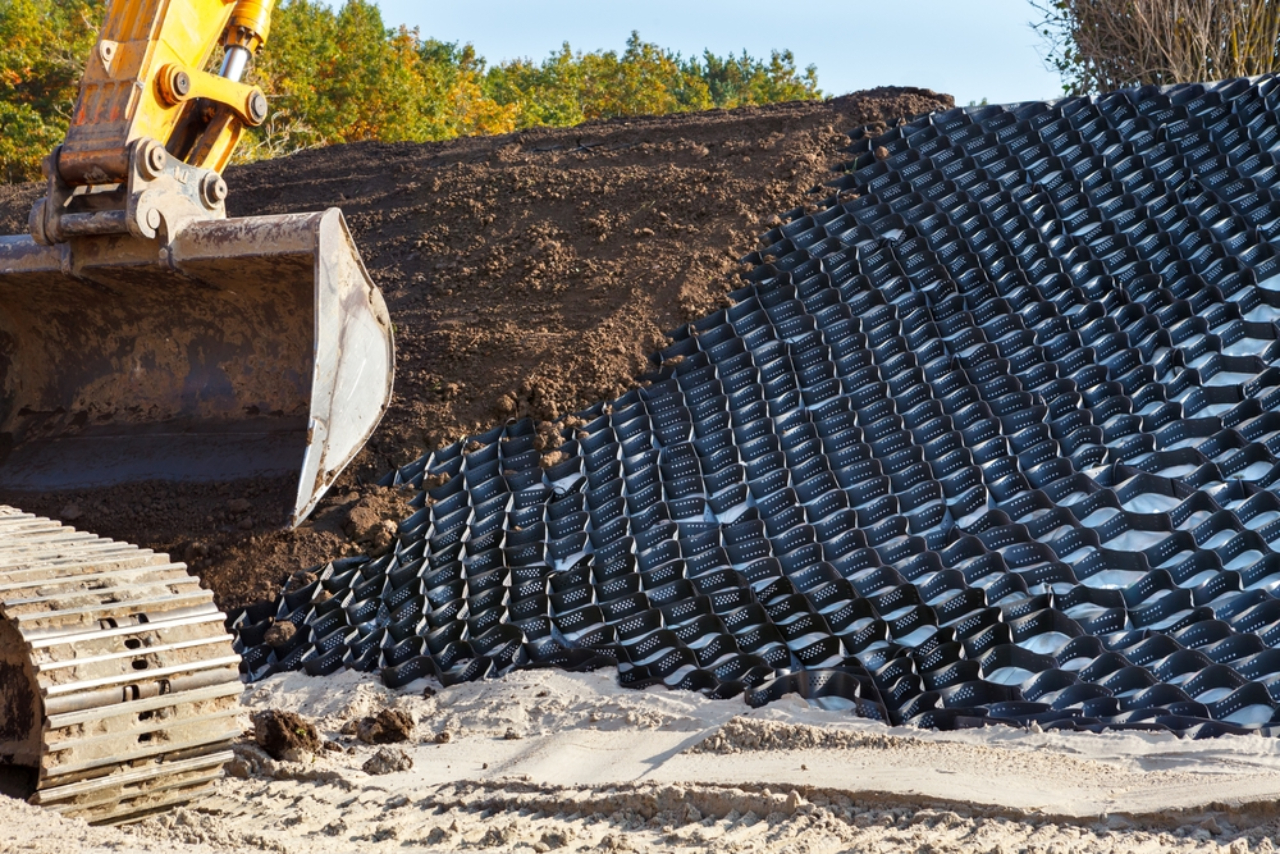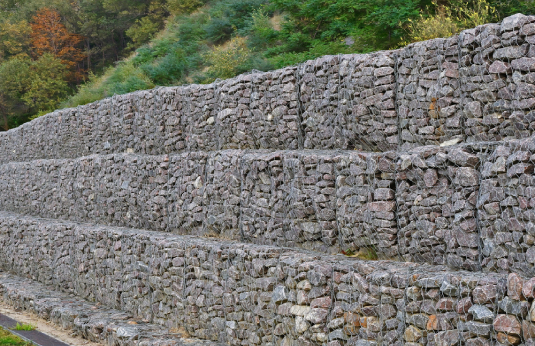
Slope stabilization methods are crucial in mitigating the risks posed by unstable terrain and preventing erosion, landslides, and structural failures. These methods encompass a range of engineering and ecological techniques designed to reinforce slopes, enhance stability, and protect surrounding areas from geological hazards. From traditional methods like retaining walls and terracing to modern innovations such as soil nails, geotextiles, and bioengineering solutions, the field of slope stabilization offers diverse approaches tailored to specific environmental challenges. Effective slope stabilization not only safeguards infrastructure and property but also promotes sustainable land use practices by preserving natural landscapes and minimizing environmental impact. In this comprehensive guide, we delve into the principles, applications, and advancements in slope stabilization methods, providing insights for engineers, environmentalists, and stakeholders involved in land development and conservation projects.
Continuing our exploration of slope stabilization methods, let’s delve deeper into each classification. Geometric techniques involve physical structures like retaining walls and terracing to manage slope angles and support stability. Hydrological techniques focus on drainage systems and erosion control measures to mitigate water-induced erosion and saturation. Chemical and mechanical techniques employ soil stabilization chemicals, slope protection materials, and structural reinforcements to enhance slope integrity. Understanding these classifications and their applications is crucial for effective slope management, ensuring the safety of infrastructure and natural landscapes.
Geometric techniques are pivotal in slope stabilization, involving strategic alterations to the slope’s structure and profile. These methods include constructing retaining walls, terracing to create stepped platforms, and using rock bolts or soil nails for reinforcement. By reshaping and reinforcing slopes through geometrical interventions, engineers can effectively mitigate erosion, landslides, and structural instability. Achieving slope stabilization through geometric techniques involves:
Hydrological techniques focus on managing water runoff and reducing soil saturation to stabilize slopes. These methods include implementing drainage systems to divert water away from slopes and using erosion control measures like check dams or ripraps. By addressing water-induced erosion and saturation, hydrological techniques play a crucial role in enhancing slope stability and preventing geological hazards. Achieving slope stabilization through hydrological techniques involves:
Chemical and mechanical techniques are instrumental in achieving slope stabilization. Chemical methods involve the application of stabilizing agents to improve soil cohesion and strength, reducing the risk of erosion and landslides. On the other hand, mechanical techniques include installing anchors, rock bolts, or soil nails to reinforce unstable slopes and prevent movement. These combined approaches provide robust solutions for enhancing slope stability and mitigating geological hazards. It can be achieved by:

Slope stabilization techniques encompass a spectrum of strategies classified into three primary groups:
Rock reinforcement support involves methods like rock bolts, dowels, shotcrete, and buttresses, enhancing stability and structural integrity on slopes.
Rock bolts and self drilling anchors play a pivotal role in stabilizing rock formations, particularly in areas prone to slope instability and rockfall hazards. Among these, water expandable rock bolts are noteworthy for their ability to expand upon contact with water, securely anchoring into rock crevices and providing enhanced stability. These bolts are essential in reinforcing loose rock masses, preventing potential rockfalls, and improving overall slope safety. By anchoring securely and resisting external forces, including water pressure and seismic activity, water expandable rock bolts contribute significantly to mitigating geological risks and ensuring the structural integrity of slopes and rock structures.
Steel rods, also known as dowel bars, reinforce rock masses through grouting after installation. Unlike rock bolts, which are stressed during installation, steel rods undergo no such stress, differing in their installation methods.
Shotcrete is a technique where concrete is sprayed onto surfaces at high velocity. This method is commonly used in slope stabilization to create protective layers that resist erosion, weathering, and water infiltration. Shotcrete enhances stability by forming a durable and cohesive surface, especially in areas prone to geological instability and slope deterioration. Shotcrete, composed of fine aggregates and mortar, is pneumatically applied in 50 to 100-mm layers to rock faces for protection against fractures and falling rocks. It mitigates progressive failure, enhances slope stability, and provides some support against sliding, improving overall slope strength and reducing failure risks.
Grouting involves injecting a fluid grout into rock fissures and cracks, replacing air or water. The grout typically contains cement and water, but alternatives like sand, clay, or fly ash can reduce costs, especially for large fissures. Additionally, concrete buttresses can be built in slope cavities to prevent rock falls and support overhangs. This technique improves the overall stability of rock masses by filling gaps and preventing water infiltration, reducing the potential for rock displacement and slope failures. Grouting is crucial in reinforcing rock structures, particularly in challenging terrains where geological hazards pose significant risks to infrastructure and safety.
Stabilization strategies play a crucial role in reducing slope failure risks, particularly in areas prone to erosion, landslides, and geological instability. These strategies encompass a range of techniques aimed at reinforcing slopes, enhancing stability, and mitigating potential hazards.

ARGENTIUM is India’s leading supplier & manufacturer of tunneling, mining and specialist ground support products. Our established brands are known all over India for usage in high productivity mining and tunneling applications.
Copyright 2024 Argentium, All Rights Reserved
WhatsApp us